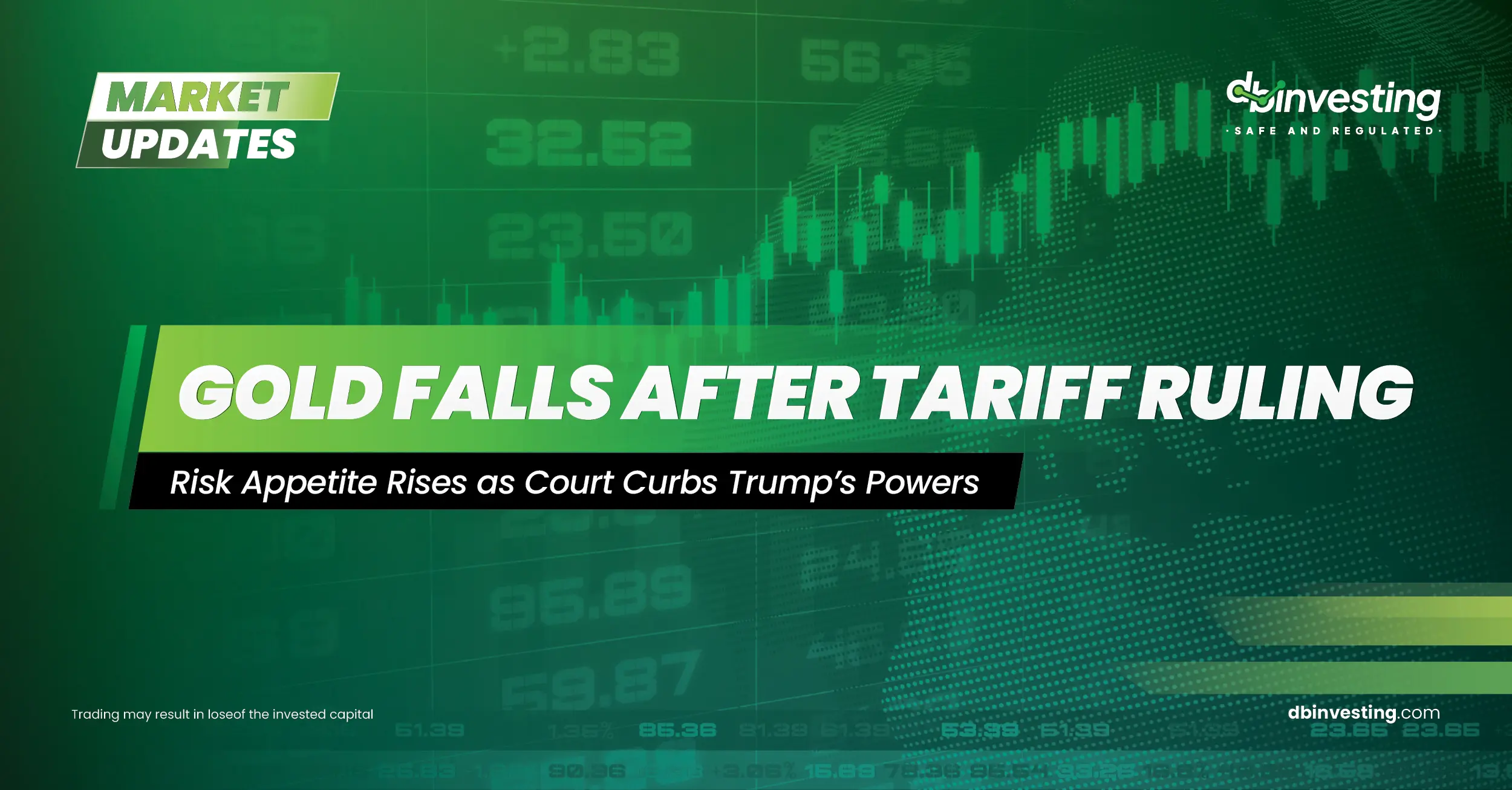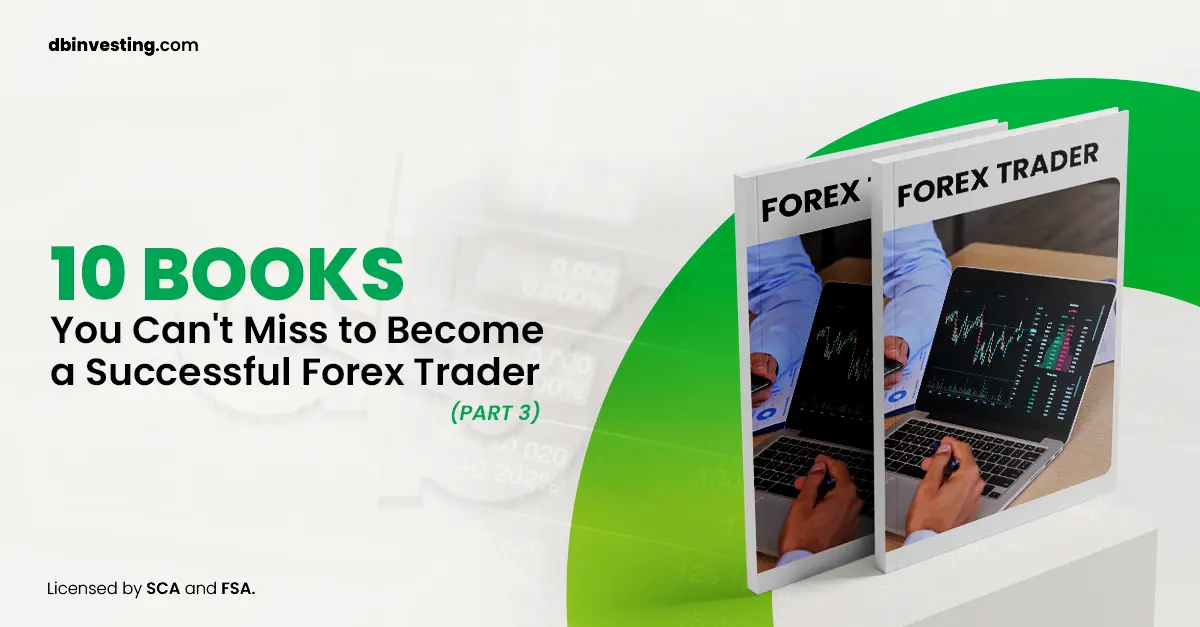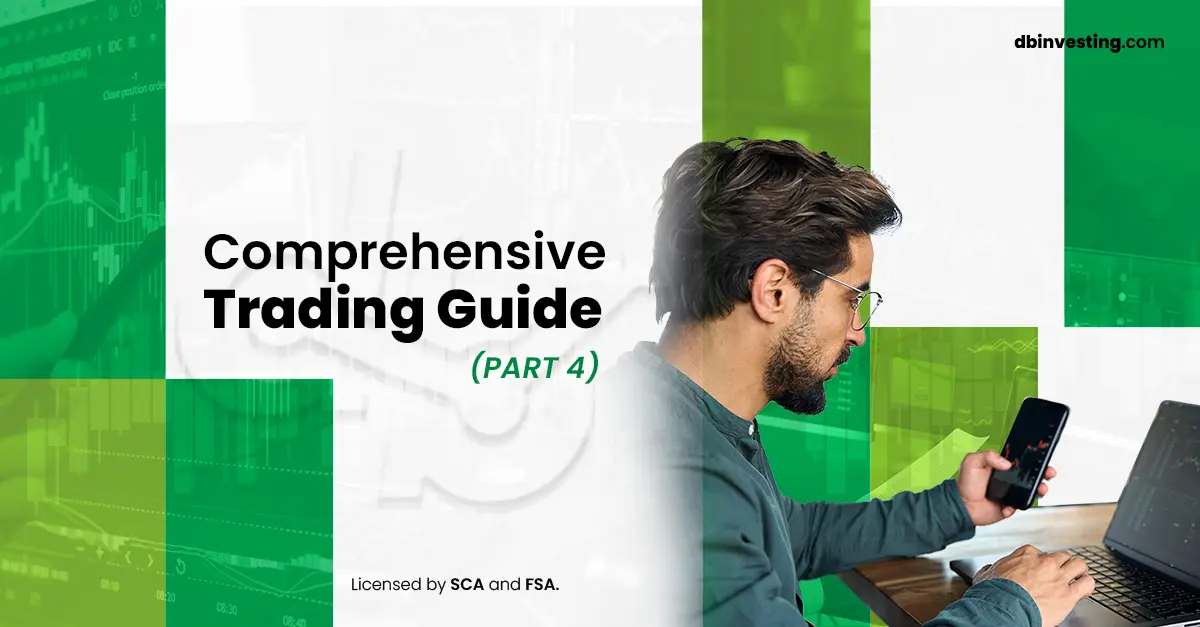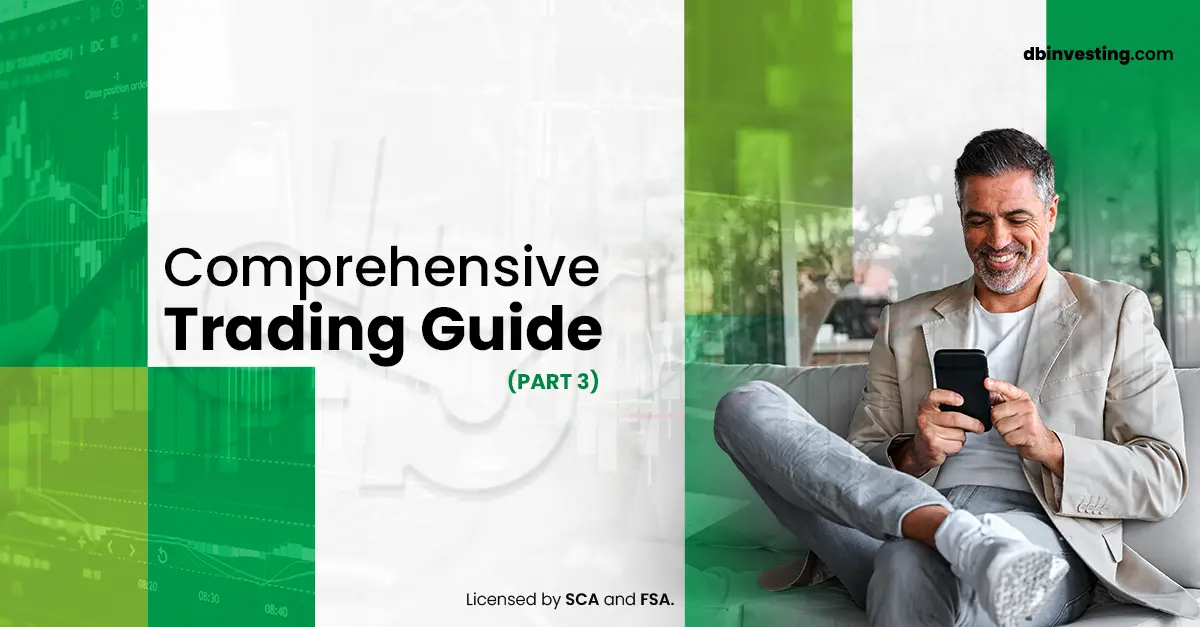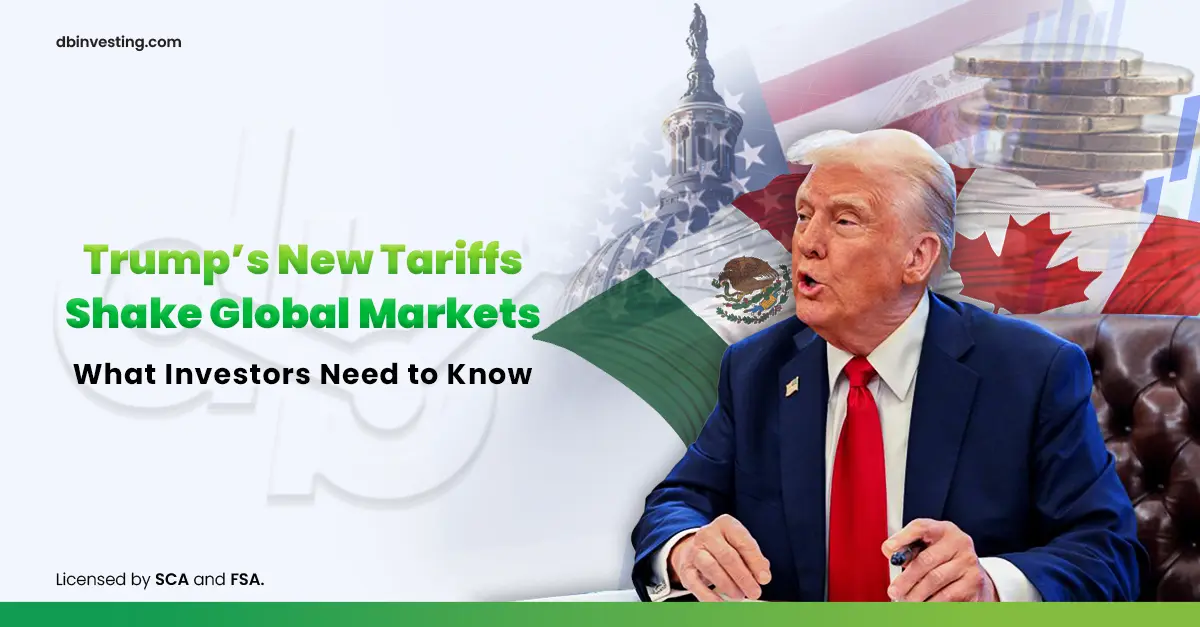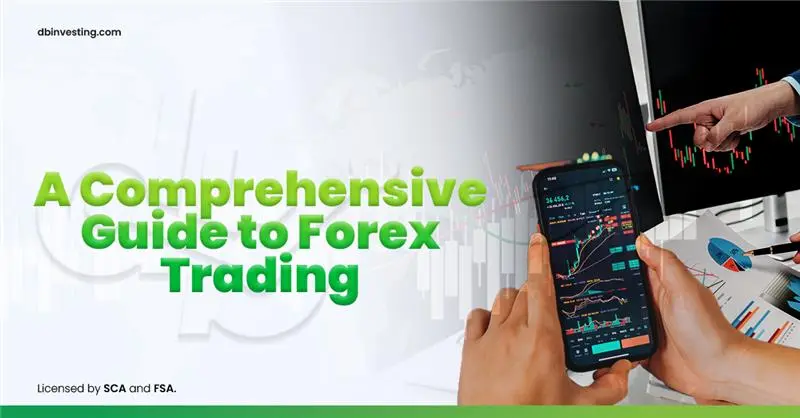(Part 4)
Forex Trading Plan for Beginners
The Importance of Having a Trading Plan
Creating a trading plan is one of the most important factors that help traders achieve success in the forex market, especially for beginners. A trading plan is not just a strategy for entering and exiting the market; it is a complete framework that defines the trader’s goals, trading style, and how to handle risk and liquidity.
Here’s how to create an effective trading plan:
- Setting Goals
The first step in preparing a trading plan is to define your financial goals. These goals can be short-term or long-term, such as achieving a specific monthly profit percentage or building significant capital over several years. It’s important that these goals are realistic and measurable, as this will help monitor progress and adjust the plan when needed.
- Choosing a Trading Style
There are several trading styles in forex, and each one requires different skills and approaches:
- Day Trading: Involves opening and closing positions within the same day, without leaving positions open overnight.
- Swing Trading: Focuses on holding positions for several days or weeks to profit from medium-term price movements.
- Position Trading: Involves holding positions for long periods based on long-term market analysis.
Traders should choose the style that fits their daily lifestyle and risk tolerance.
- Market Analysis
- Technical Analysis: Relies on studying charts to identify patterns and price trends using tools such as moving averages, momentum indicators, and support/resistance levels.
- Fundamental Analysis: Focuses on economic and political events that affect financial markets, such as central bank decisions, unemployment reports, and interest rates.
Depending on the type of analysis you prefer, you can develop an accurate entry and exit strategy.
- Risk Management
Risk management is a crucial part of any successful trading plan. The plan should include:
- Risk-to-Reward Ratio: Determining the ratio of risk to reward in each trade. For example, risking $1 to gain $2 would give you a 1:2 ratio.
- Using Stop-Loss Orders: Setting a limit for losses in each trade to protect capital from unexpected market moves.
- Risking No More Than 1-2% of Capital per Trade: It’s important to reduce the size of each trade to avoid significant losses.
- Record-Keeping and Tracking
Recording both successful and unsuccessful trades helps traders analyze their performance and improve over time. Notes should include reasons for entering and exiting trades, as well as any external factors that influenced the decision, to identify patterns and reduce mistakes in the future.
Tips for Developing a Successful Trading Plan
- Stick to the Plan: Once the trading plan is set, you must stick to it without allowing emotions to influence your decisions. Sudden changes and emotional trading can lead to significant losses.
- Adapt to Market Changes: Markets constantly change, and some adjustments to your strategy or goals may be required. Regularly monitor the performance of your plan and make necessary modifications.
- Continuous Learning: Trading is not a fixed process; it requires ongoing learning. Studying the markets and acquiring new knowledge about different trading strategies will help improve performance.
Conclusion
Having a well-thought-out trading plan is a critical step towards success in the forex market, especially for beginners. By setting clear goals, choosing an appropriate trading style, managing risks wisely, and sticking to the plan, traders can reduce risks and increase their chances of success in volatile markets.
Learning Forex Trading with Proper Financial Management
The Importance of Financial Management in Forex Trading
Financial management is a key element in ensuring success and sustainability in the forex market. Without a solid plan for managing capital and risk, traders can find themselves in tough situations that lead to rapid capital losses. Learning how to apply the principles of sound financial management is what sets successful traders apart from others.
Here are some basic principles of financial management in forex trading:
- Determine Risk Size per Trade
The basic rule in trading is not to risk more than 1-2% of your capital on a single trade. If you have an account worth $10,000, your risk per trade should be between $100 and $200. This allows you to stay in the market even after several consecutive losses, preserving capital for future opportunities.
- Using Stop-Loss Orders
A stop-loss order is an essential tool in risk management. It allows you to set a specific loss limit on a trade, helping you control losses and prevent them from exceeding an acceptable level. It’s important to place the stop-loss based on technical or fundamental analysis, not emotions.
- Risk-to-Reward Ratio
One of the most important financial management rules is to set the risk-to-reward ratio before entering any trade. For example, if you are risking $100, your target should be at least $200, making the risk-to-reward ratio 1:2. This ratio ensures that even if you lose half of your trades, you can still make a profit in the long run.
- Trading with an Appropriate Position Size
Position size or lot size should be appropriate to the available capital and the risk you are willing to take. Overusing leverage can lead to significant losses, so it’s important to choose a position size that matches your account size and strategy.
- Portfolio Diversification
It’s important to diversify your forex investments across several currency pairs rather than focusing on just one. This helps reduce risks associated with fluctuations in a specific currency pair. For example, if you are trading EUR/USD, you might also consider trading pairs like GBP/USD or AUD/USD for balance.
Financial Management Strategies for Beginners
- Moving Average Position Sizing
A trading strategy using a moving average involves gradually reducing position size during losses and increasing it during successes. This helps traders minimize risks during difficult market periods and increase profits when things go in the right direction.
- Demo Trading
Before starting real trading, it’s recommended to test your strategies in a demo account. A demo account allows you to practice financial management and apply trading strategies without risking real capital.
- Regularly Reviewing Performance
It’s important to regularly review your trading performance and analyze both successful and unsuccessful trades. This helps identify recurring mistakes, correct them, and improve financial management strategies over the long term.
Common Mistakes in Financial Management
- Not Using Stop-Loss Orders
Ignoring stop-loss orders can lead to large, unexpected losses. You should always set a clear exit point in case the market moves against you.
- Risking More Than 1-2% of Capital
Many traders, especially beginners, make the mistake of risking a large portion of their capital on a single trade, hoping for a big profit. This can lead to quick capital loss.
- Ignoring Financial Management Due to Overconfidence
Even if you are on a winning streak, you should never abandon financial management rules. Markets are volatile, and profits can quickly turn into losses.
Conclusion
Learning how to properly manage capital is the key to success in the forex market. Sound financial management helps you stay in the market longer, protect capital, and increase the chances of making a profit. By following fundamental principles like determining risk size, using stop-loss orders, and adjusting risk-to-reward ratios, traders can improve their performance and minimize losses.
In part five, we will dive deeper into the basics of forex trading. We will explore broader concepts such as understanding market volatility, key factors influencing the markets, and the fundamentals of technical analysis. Additionally, we will cover how to manage emotions while trading and explore various ways to trade forex more effectively.
